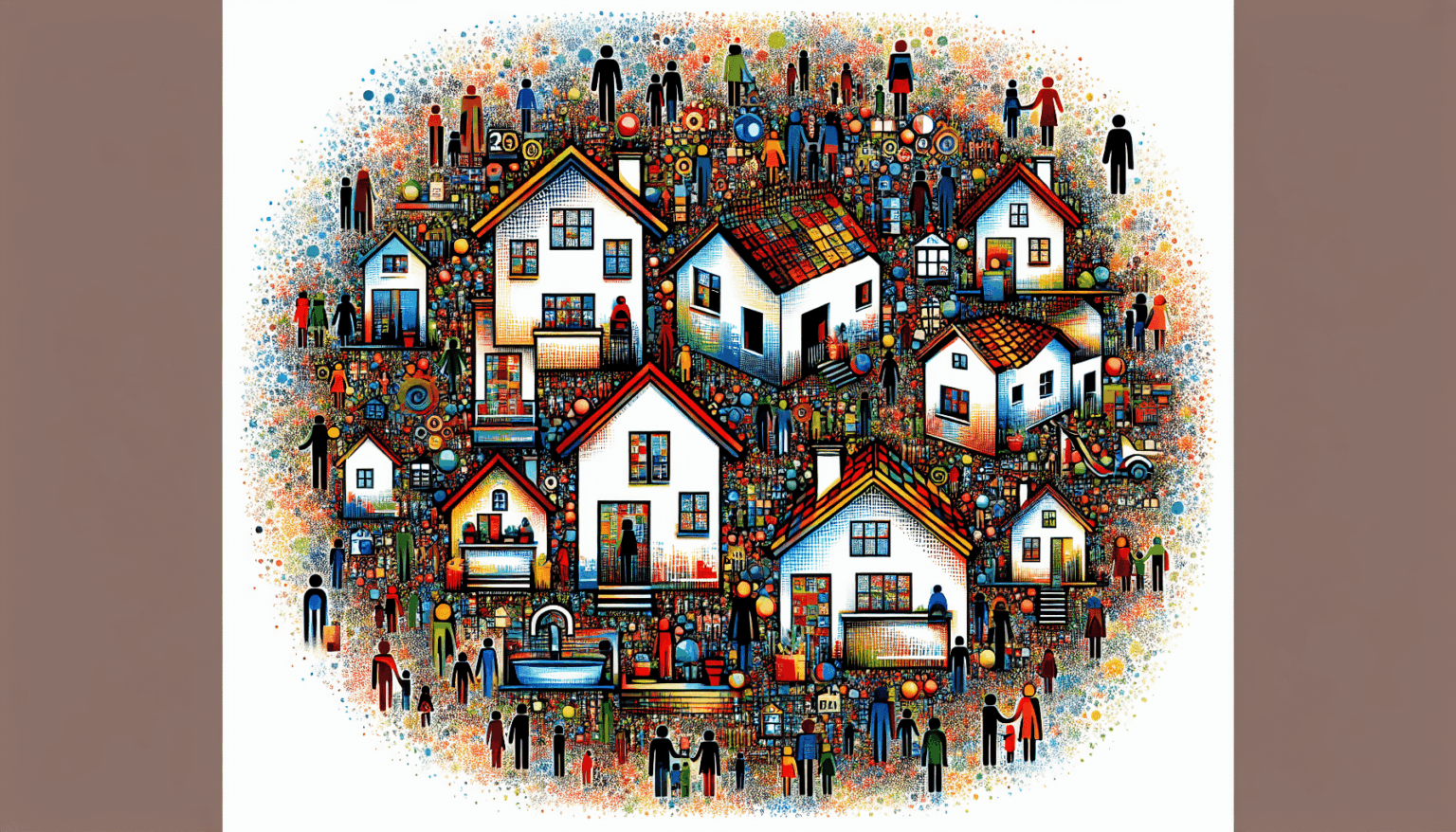In 2024, the European Union recorded nearly 202 million private households, of which approximately 23.6% included children. This data highlights that 76.4% of households do not have minors, reflecting the family diversity that characterizes the region.
The countries with the highest proportion of households with children are Slovakia, where 35.6% of families include minors, followed by Ireland at 31.0%, and Cyprus at 28.6%. In contrast, Finland, Lithuania, and Germany have the lowest figures, with only 18.0%, 19.6%, and 20.1%, respectively.
The composition of households with children reveals that nearly half of them (49.8%) have one child. About 37.6% have two, while 12.6% have three or more. This pattern is observed in most countries, except in the Netherlands, where the majority of families have two children.
Regarding households with three or more children, these are the least common in continental Europe. Their percentages vary from 20.6% in Ireland, 18.1% in Sweden, and 17.4% in Finland, to notably lower figures in Portugal (6.2%), Bulgaria (6.4%), and Italy (7.6%).
This variety in household composition highlights the cultural and social differences present among EU member countries. The trend toward smaller families is becoming established, and statistics on family structure are not only informative but also provide a valuable framework for analyzing social and economic policies in the region.
Source: MiMub in Spanish
